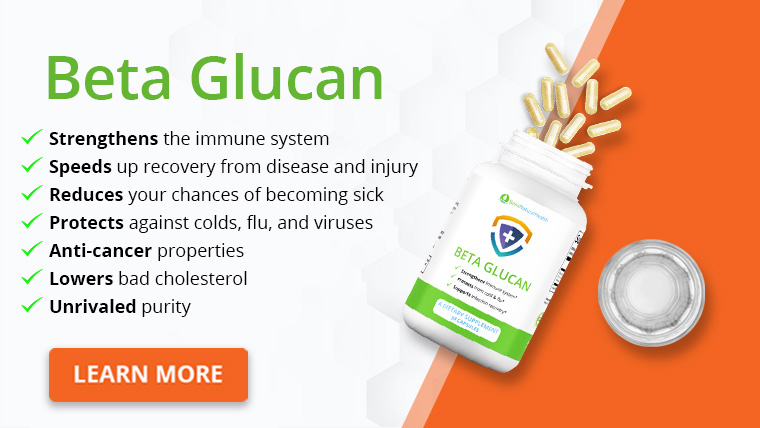Dry socket, or alveolar osteitis, comes after an adult tooth is extracted (often wisdom teeth) and a blood clot forms, and then becomes dislodged before the jaw can heal. Dry sockets can be painful. You may experience dry socket for a few days after a tooth extraction. Thus, we will tell you how to treat dry sockets at home.
It is best to consult a dentist for dry socket, but some home remedies can help ease the pain while waiting for treatment.
1. Rinse your mouth with warm salt water
You may start rinsing your mouth 24 hours after your tooth extraction, as advised by the Canadian Dental Association.
Use warm water, and adding a half-spoon of salt is even better. Rinse 4 or 5 times a day for 3 or 4 days.
Remember, do not rinse your mouth within the first 24 hours, even if the bleeding causes a bad taste in your mouth.
Otherwise, the formation of blood clots can be disturbed, leading to delayed wound healing.
2. Cold and heat therapy
Use cold therapy on the first day after tooth extraction. In the first 24 hours, blood clots are forming, and cold compression aids in blood clotting.
You can use a towel wrapping ice cubes or a refrigerated cold tea bag to press on the side of your cheek with the tooth extracted.
Keep pressing for 10 minutes, take it off for 10 minutes, and put it back again for another 10 minutes. You may do this cycle as many times as you wish.
After 24 hours, switch to heat therapy. Now, you may notice your cheek starts to swell up.
Compressing your swollen cheek with something warm helps increase blood flow, thus relieving the pain and swelling.
You can wrap a hot water bottle or a heating pad with a towel. Be careful not to apply hot objects on your skin directly.
Call your dentist if the pain and swelling worsen 48 hours after tooth extraction.

3. Massage your jaw
When you have follow-ups for your dry socket self-care process, you may experience jaw soreness due to repeated holding of an open mouth.
Also, your jaw muscles may become stiff, affecting your eating, drinking, and speaking ability.
Gently massaging your jaw with a warm, moist cloth may help alleviate muscle soreness and stiffness.
4. Stay hydrated
Drinking plenty of fluids after a tooth extraction aids in the healing of dry socket. Besides, staying hydrated helps prevent side effects of medications, such as feelings of nausea and vomiting. Keep this in your dry socket self-care item list.

5. Eat the correct food
If you have a dry socket, it is best to eat soft food to avoid food particles stuck in the empty socket and further irritating the exposed bone.
When taking solid food, choose food that is easy to chew, like eggs, porridges, and bananas, and use the other side of your teeth to chew.
Avoid spicy food and alcoholic beverage as they can worsen the discomfort.
6. Avoid smoking and other tobacco products
Smoking and other tobacco not only increase your risk of having dry socket, but they also delay wound healing.
Therefore, you should avoid smoking and all tobacco products during your dry socket treatment course.
Even if you do not have dry socket, you should avoid tobacco for at least 2 weeks after any dental operations.
When to see a doctor
But don’t depend on home remedies alone and you will have to take note of your condition at home after the procedure as you might experience tooth extraction.
Call or re-visit your dentist if you have the following symptoms:
- Worsening pain or pain that does not relieve by painkillers, especially when the pain persists for more than 1 day after your tooth extraction
- Smelly breath or foul taste in your mouth
- Profuse bleeding or bleeding that does not stop within 4 hours after your tooth extraction
- Greyish or greenish discharge from the tooth extraction site
- Nausea or vomiting
- Fever
- Gum or cheek swelling that gets worse, especially after 2 days or longer after your tooth extraction
Explore More







